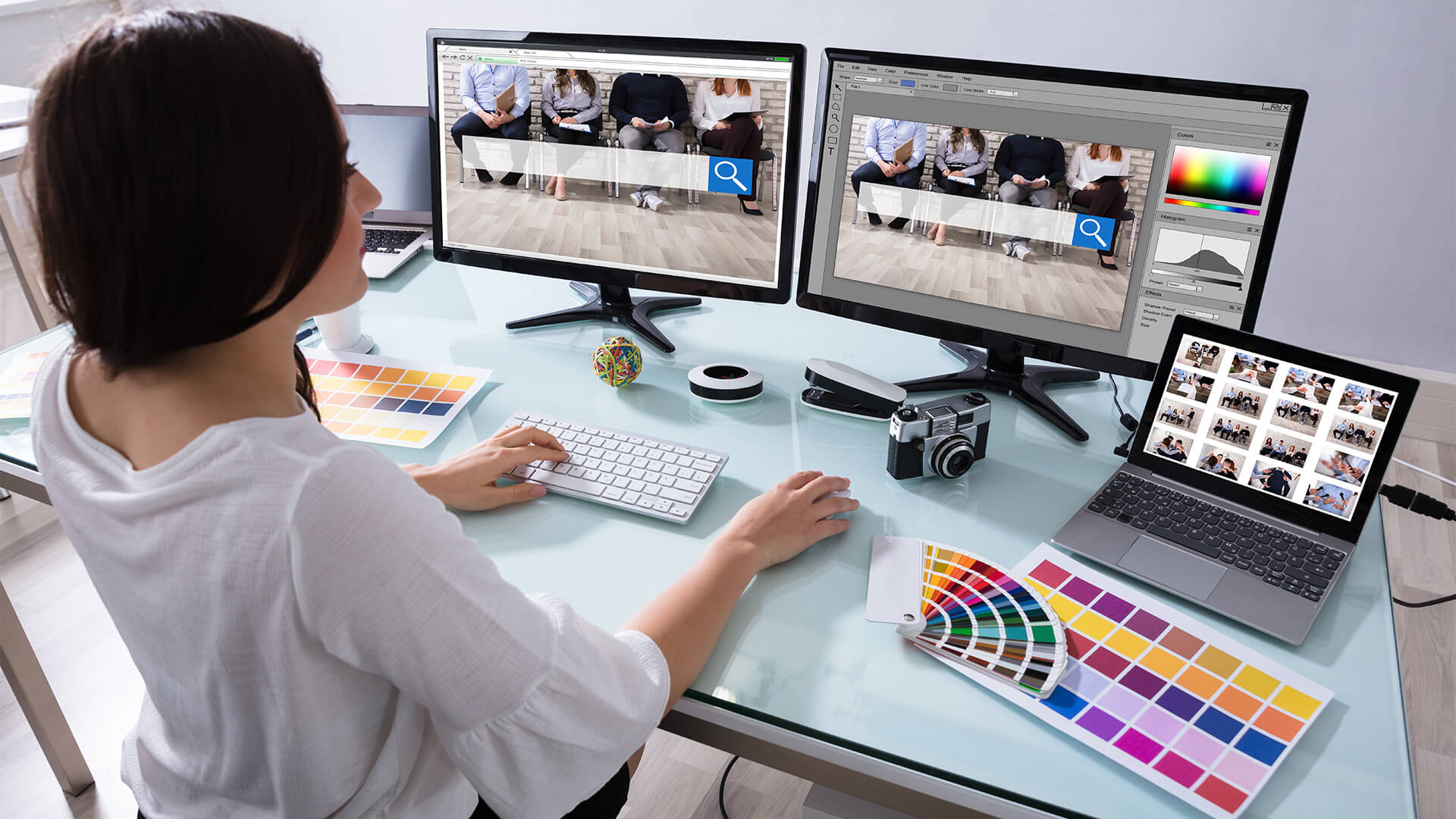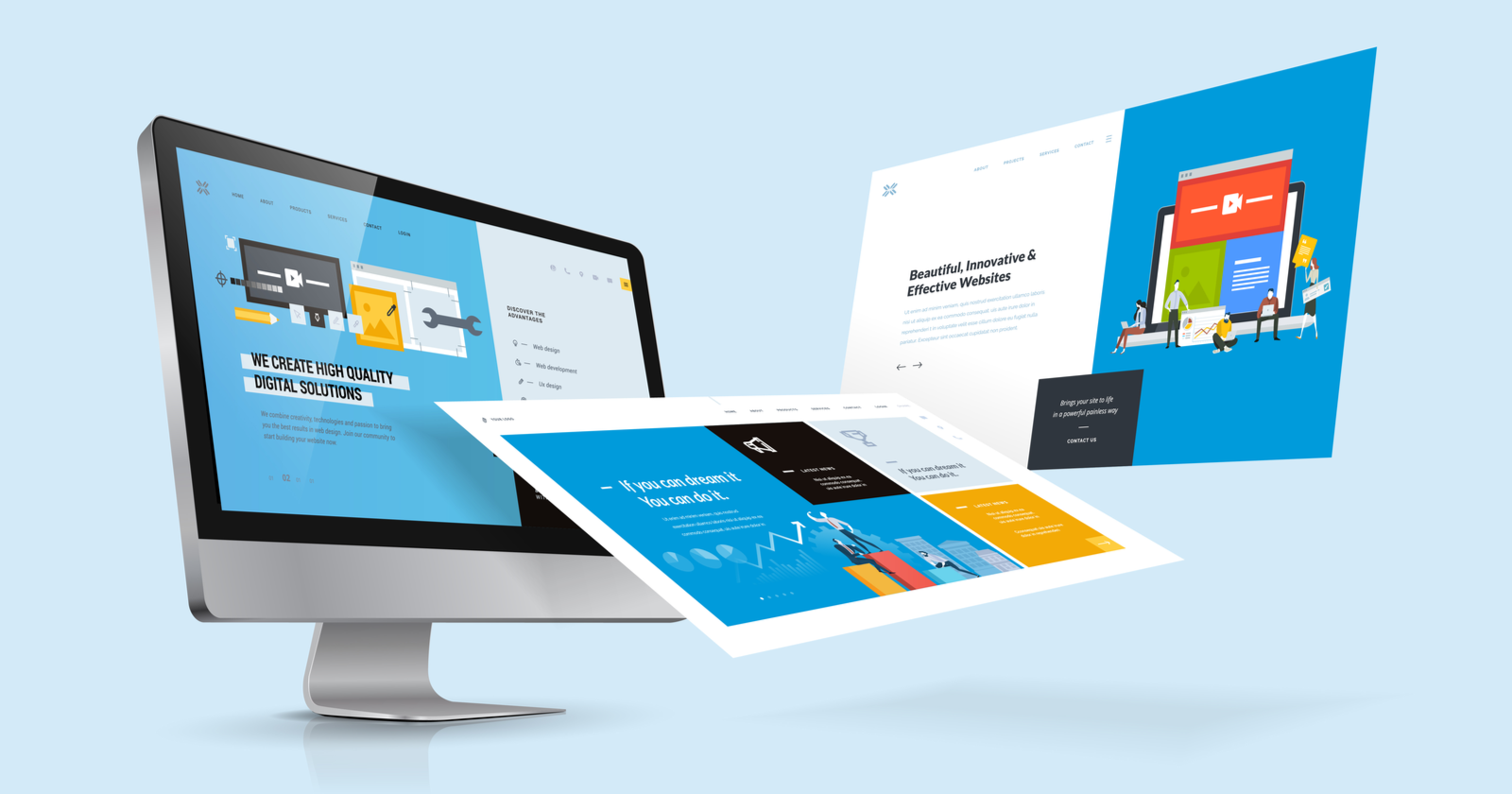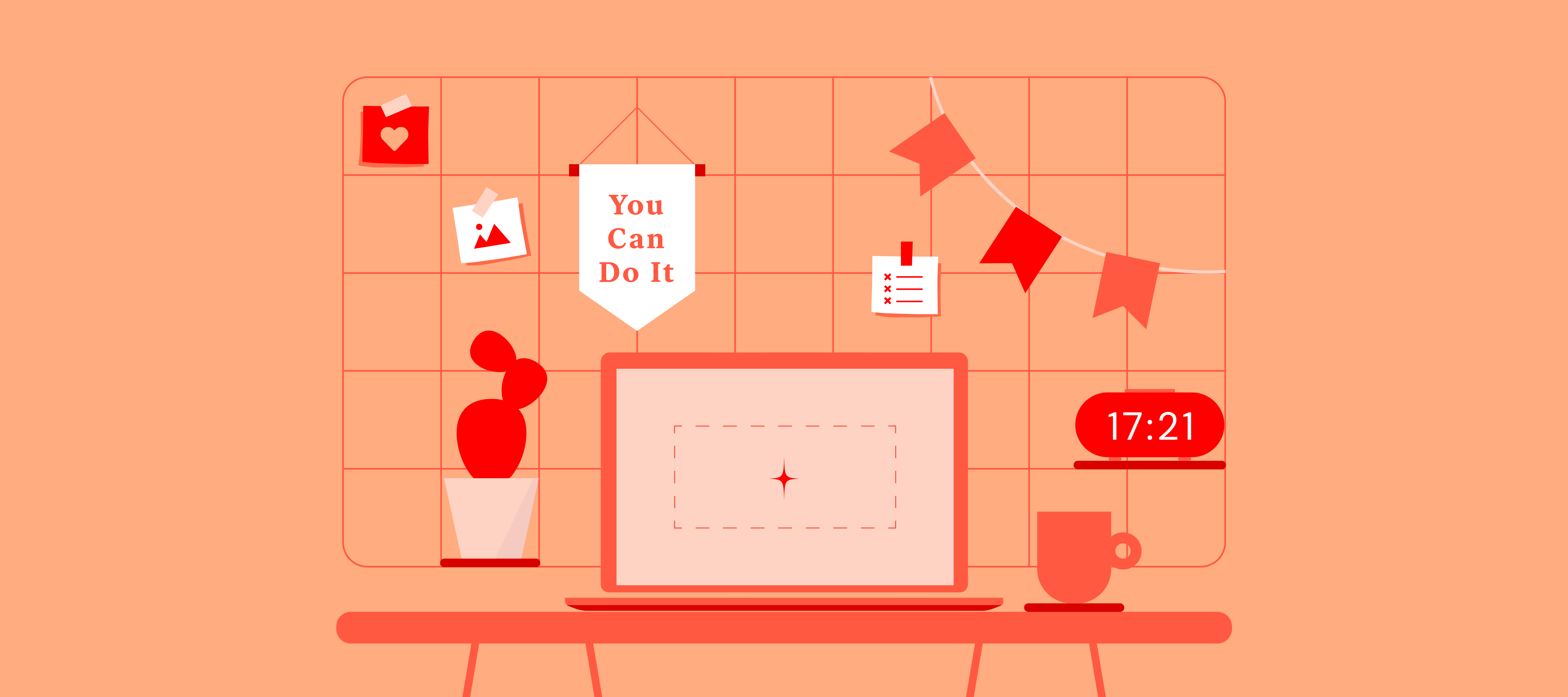All Categories
Featured
Table of Contents
- – 10 Good Deeds In Web Design - Nielsen Norman G...
- – Learn Responsive Design - Web.dev Tips and Tr...
- – Top Web Design Agencies Ranked - 2022 Reviews...
- – Web Design And Development - Invision Tips an...
- – Indianapolis Web Design And Digital Marketing...
- – Learning Web Design: A Beginner's Guide To Ht...
- – 34 Of The Best Website Designs To Inspire Yo...
- – Web Design Service - Professionally Designed...
- – Wicky Design: Philadelphia Web Design Tips a...
- – What Can I Do With A Web Design And Developm...
- – $899 - Custom Mobile Friendly Website Design...
10 Good Deeds In Web Design - Nielsen Norman Group Tips and Tricks:
Quick summary Use and the utility, not the visual design, identify the success or failure of a website. Since the visitor of the page is the only individual who clicks the mouse and therefore decides everything, user-centric style has actually established as a standard method for successful and profit-oriented web design - web design frederick md.
and the energy, not the visual style, figure out the success or failure of a site. Given that the visitor of the page is the only individual who clicks the mouse and therefore chooses everything, user-centric style has ended up being a standard technique for effective and profit-oriented website design. After all, if users can't use a function, it may as well not exist.
g. where the search box must be positioned) as it has actually currently been done in a number of articles; instead we focus on the techniques which, used properly, can lead to more sophisticated design decisions and streamline the process of perceiving provided information. Please notice that you might be thinking about the usability-related articles we have actually released before: Principles Of Good Website Style And Efficient Web Style Guidelines, In order to use the concepts properly we initially require to understand how users communicate with websites, how they believe and what are the fundamental patterns of users' behavior.
Learn Responsive Design - Web.dev Tips and Tricks:
Visitors glimpse at each brand-new page, scan a few of the text, and click on the first link that catches their interest or slightly resembles the thing they're trying to find. In fact, there are large parts of the page they do not even look at. A lot of users look for something fascinating (or beneficial) and clickable; as quickly as some appealing candidates are found, users click.
If a page offers users with premium material, they want to jeopardize the content with ads and the style of the website. This is the reason not-that-well-designed websites with top quality material gain a great deal of traffic over years. Content is more crucial than the design which supports it.

Extremely basic principle: If a site isn't able to meet users' expectations, then designer failed to get his job done effectively and the company loses money. The greater is the cognitive load and the less user-friendly is the navigation, the more prepared are users to leave the website and search for options.
Top Web Design Agencies Ranked - 2022 Reviews - Clutch.co Tips and Tricks:
Neither do they scan web page in a direct fashion, going sequentially from one site area to another one. Instead users satisfice; they pick the first affordable alternative. As quickly as they find a link that looks like it might lead to the objective, there is an extremely excellent opportunity that it will be right away clicked.
It does not matter to us if we understand how things work, as long as we can use them. If your audience is going to act like you're creating billboard, then design terrific signboards." Users wish to be able to manage their browser and depend on the constant information discussion throughout the site.
If the navigation and site architecture aren't user-friendly, the number of question marks grows and makes it harder for users to understand how the system works and how to receive from point A to point B. A clear structure, moderate visual clues and easily identifiable links can assist users to find their path to their aim.
Web Design And Development - Invision Tips and Tricks:

Considering that users tend to check out sites according to the "F"-pattern, these 3 statements would be the very first elements users will see on the page once it is filled. The design itself is basic and user-friendly, to comprehend what the page is about the user requires to search for the response.
When you have actually achieved this, you can interact why the system works and how users can gain from it. Individuals won't use your website if they can't find their way around it. 2. Do Not Squander Users' Patience, In every project when you are going to provide your visitors some service or tool, attempt to keep your user requirements minimal.
Novice visitors are prepared to, not filling long web types for an account they may never use in the future. Let users explore the website and discover your services without forcing them into sharing private information. It's not affordable to require users to get in an email address to test the feature.
Indianapolis Web Design And Digital Marketing Agency Tips and Tricks:
Stikkit is an ideal example for an user-friendly service which needs almost nothing from the visitor which is unobtrusive and comforting. And that's what you desire your users to feel on your web site. Apparently, Termite needs more. However the registration can be carried out in less than 30 seconds as the type has horizontal orientation, the user does not even require to scroll the page.
A user registration alone suffices of an obstacle to user navigation to cut down on incoming traffic. 3. Handle To Focus Users' Attention, As websites supply both fixed and vibrant material, some aspects of the user interface draw in attention more than others do. Undoubtedly, images are more eye-catching than the text just as the sentences marked as bold are more appealing than plain text.
Focusing users' attention to particular areas of the website with a moderate usage of visual components can help your visitors to receive from point A to point B without thinking about how it actually is expected to be done. The less enigma visitors have, the they have and the more trust they can develop towards the company the site represents.
Learning Web Design: A Beginner's Guide To Html, Css ... Tips and Tricks:
4. Strive For Function Direct exposure, Modern web designs are normally slammed due to their approach of assisting users with visually appealing 1-2-3-done-steps, large buttons with visual impacts and so on. But from the style point of view these elements really aren't a bad thing. On the contrary, such as they lead the visitors through the website material in a really easy and easy to use method.
The website has 9 primary navigation alternatives which are noticeable at the first glimpse. What matters is that the material is well-understood and visitors feel comfy with the way they interact with the system.
com gets directly to the point. No cute words, no exaggerated declarations. Instead a rate: just what visitors are searching for. An ideal service for efficient writing is touse brief and concise phrases (come to the point as quickly as possible), usage scannable design (classify the content, use several heading levels, use visual aspects and bulleted lists which break the flow of uniform text blocks), use plain and objective language (a promo does not need to seem like advertisement; offer your users some reasonable and unbiased reason that they must use your service or remain on your website)6.
34 Of The Best Website Designs To Inspire You In 2022 Tips and Tricks:
Users are seldom on a site to enjoy the design; additionally, in most cases they are searching for the information regardless of the style - web design frederick md. Pursue simplicity rather of intricacy. From the visitors' perspective, the finest site design is a pure text, with no ads or more material blocks matching exactly the inquiry visitors used or the content they have actually been trying to find.
Finch clearly provides the info about the website and offers visitors a choice of alternatives without overcrowding them with unneeded content. 7. Don't Hesitate Of The White Space, Actually it's really hard to overstate the importance of white area. Not only does it assist to for the visitors, but it makes it possible to perceive the details presented on the screen.
Complex structures are harder to check out, scan, evaluate and deal with. If you have the option in between separating 2 style sections by a noticeable line or by some whitespace, it's normally much better to utilize the whitespace service. (Simon's Law): the better you handle to offer users with a sense of visual hierarchy, the much easier your material will be to view.
Web Design Service - Professionally Designed Websites Tips and Tricks:
The very same conventions and guidelines ought to be applied to all elements.: do the most with the least quantity of hints and visual elements. Clarity: all components should be developed so their significance is not unclear.
Conventions Are Our Friends, Standard style of website components doesn't lead to a dull web site. In truth, as they lower the learning curve, the requirement to figure out how things work. For example, it would be a functionality headache if all websites had different visual discussion of RSS-feeds. That's not that different from our regular life where we tend to get used to basic concepts of how we organize information (folders) or do shopping (positioning of products).
understand what they're anticipating from a website navigation, text structure, search positioning etc. A case in point from use sessions is to translate the page in Japanese (assuming your web users don't know Japanese, e. g. with Babelfish) and offer your functionality testers with a job to discover something in the page of different language.
Wicky Design: Philadelphia Web Design Tips and Tricks:
Steve Krug suggests that it's much better to, however take benefits of conventions when you do not. 10. Test Early, Test Frequently, This so-called TETO-principle should be used to every web design project as functionality tests often supply into significant problems and problems associated with a given layout. Test not far too late, not insufficient and not for the wrong reasons.
Some crucial indicate keep in mind: according to Steve Krug, and testing one user early in the job is much better than screening 50 near completion. Accoring to Boehm's very first law, errors are most regular during requirements and design activities and are the more expensive the later on they are eliminated.
That suggests that you develop something, test it, fix it and then test it again. There might be issues which have not been discovered during the first round as users were practically obstructed by other issues.
What Can I Do With A Web Design And Development Degree? Tips and Tricks:

This holds for designers. After you've dealt with a website for few weeks, you can't observe it from a fresh perspective anymore. You understand how it is constructed and therefore you understand exactly how it works you have the knowledge independent testers and visitors of your website would not have.
It can be linked to other locations such as graphic design, user experience, and multimedia arts, however is more aptly seen from a technological perspective. It has actually ended up being a big part of individuals's daily lives. It is tough to envision the Internet without animated graphics, different designs of typography, background, videos and music.

Throughout 1991 to 1993 the World Wide Web was born. Text-only pages might be viewed utilizing an easy line-mode browser. In 1993 Marc Andreessen and Eric Bina, produced the Mosaic internet browser. At the time there were several web browsers, nevertheless most of them were Unix-based and naturally text heavy. There had actually been no integrated method to graphic style elements such as images or sounds.
$899 - Custom Mobile Friendly Website Design By Go Web ... Tips and Tricks:
The W3C was created in October 1994 to "lead the World Wide Web to its full potential by developing common protocols that promote its advancement and ensure its interoperability." This dissuaded any one company from monopolizing a propriety internet browser and shows language, which might have modified the impact of the World Wide Web as a whole.
As this has actually occurred the technology of the web has actually also moved on. There have also been substantial modifications in the method individuals use and access the web, and this has actually altered how sites are developed.
Learn more about Lovell Media Group LLC or TrainACETable of Contents
- – 10 Good Deeds In Web Design - Nielsen Norman G...
- – Learn Responsive Design - Web.dev Tips and Tr...
- – Top Web Design Agencies Ranked - 2022 Reviews...
- – Web Design And Development - Invision Tips an...
- – Indianapolis Web Design And Digital Marketing...
- – Learning Web Design: A Beginner's Guide To Ht...
- – 34 Of The Best Website Designs To Inspire Yo...
- – Web Design Service - Professionally Designed...
- – Wicky Design: Philadelphia Web Design Tips a...
- – What Can I Do With A Web Design And Developm...
- – $899 - Custom Mobile Friendly Website Design...
Latest Posts
Google Web Designer - Home Tips and Tricks:
The Leader In Website Design – Squarespace Tips and Tricks:
Modern Website Designs - Best Web Page Designers Tips and Tricks:
More
Latest Posts
Google Web Designer - Home Tips and Tricks:
The Leader In Website Design – Squarespace Tips and Tricks:
Modern Website Designs - Best Web Page Designers Tips and Tricks: